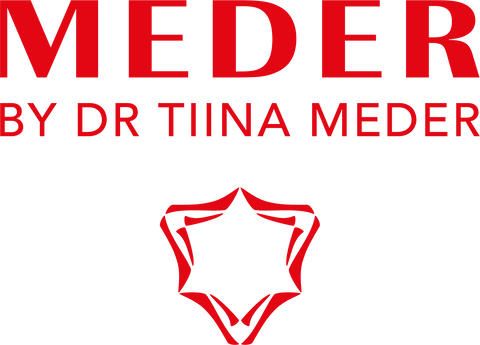Centella plant extract is favored for the wide variety of its wound-healing effects on the skin. The main reactants of Centella Asiatica are saponins or triterpene compounds, one of them being asiaticoside and madecassoside, mentioned earlier.
Besides those, the plant contains sterols, tannins, flavonoids, fatty acids, and even amino acids (lysine, alanine, serine, amino butyrate, aspartate, glutamate, and threonine). One of the saponin’s qualities is its ability to impact collagen production (type I and III).
Some scientists say that the use of the whole plant is more beneficial than the use of one of the active substances extracted from it as a whole range of active molecules produced by plants acts in natural synergy, improving skin health globally.
Phytosterols, fatty acids, and amino acids help restore the skin’s barrier functions and its natural ability to retain moisture while reducing skin sensitivity. This means that using centella asiatica products helps with improving skin hydration as well as lowering skin irritation.
Today, it is confirmed that centella has not only moisturizing and antiinflammatory properties but a healing effect as well. The use of
Centella asiatica cream strengthens the capillaries and helps restore damaged or varicose veins.
The regular use of solutions with Centella Asiatica herb helps blood vessels become less fragile and less permeable, thus restoring circulation even in the smallest capillaries, which is especially important for mature and damaged skin.
Centella also reduces puffiness and draws excessive liquid out of the skin and hypodermic fatty tissue, which allows it to be used for cellulite treatment, among other things. Also, it was found to be an efficient solution for atopic dermatitis, which can be explained by the anti-inflammatory properties of Centella Asiatica.
It is one of the rare cosmetic ingredients able to alleviate symptoms of retinoic dermatitis in patients during systemic retinoic treatment, such as Roaccutane and others.
Where You Can Find Centella Asiatica in Skincare
The plant can be used in cosmetic formulations of:
- Sensitive skincare products
- Rosacea skincare
- Eye care for puffy eyes and dark circles
- Anti-acne skincare
- Couperosis treatment
- Menopausal skincare
- Anti-wrinkles solutions
- Hand skincare products
- Moisturising skincare
- Post-care recommended to use after high-intensity aesthetic treatments or surgery
- Anti-cellulite skincare
- Face and body sculpting skincare
- Dermatological skincare formulations: atopic dermatitis, acne, vitiligo, and others.
The wisdom of Indian tigers is confirmed by modern science — Gotu Kola or Centella Asiatica is indeed a real potential herbal cure-all for the skin.
How to Find Madecassoside and Centella Asiatica? Read the Label:
Source of: Centella Asiatica Extract. INCI: Centella Asiatica Extract.
Other names: Asiatischer Wassernabel, Asiatischer Wassernabel-Extrakt, Centellae Asiatica- Extrakt, Extractum Centellae Asiaticae, Extractum Hydrocotyle Asiaticae, Hydrocotyle, Hydrocotyle Asiatica, Hydrocotyl Extract, Tigergras, Tigerkraut, Madecassoside, Extrait d’herbe du tigre.
Recommended concentration:
• 0.00002–0,5%.
Meder Skincare Products with Centella Asiatica
In Meder, we use Centella Asiatica from ancient Madagascar plantations. It was never treated by chemicals, and plants from Madagascar are proven to be highly concentrated in Asiatic and madecassic acids as well as in madecassoside and asiaticoside.









